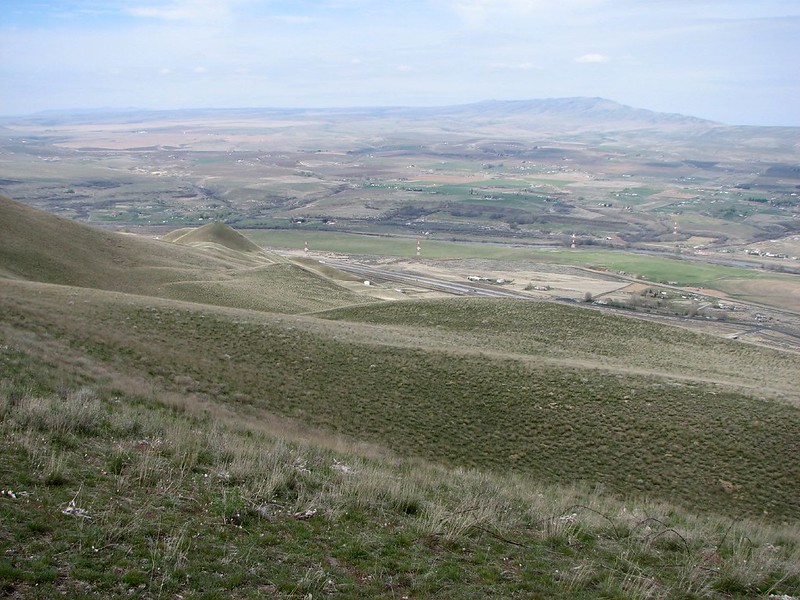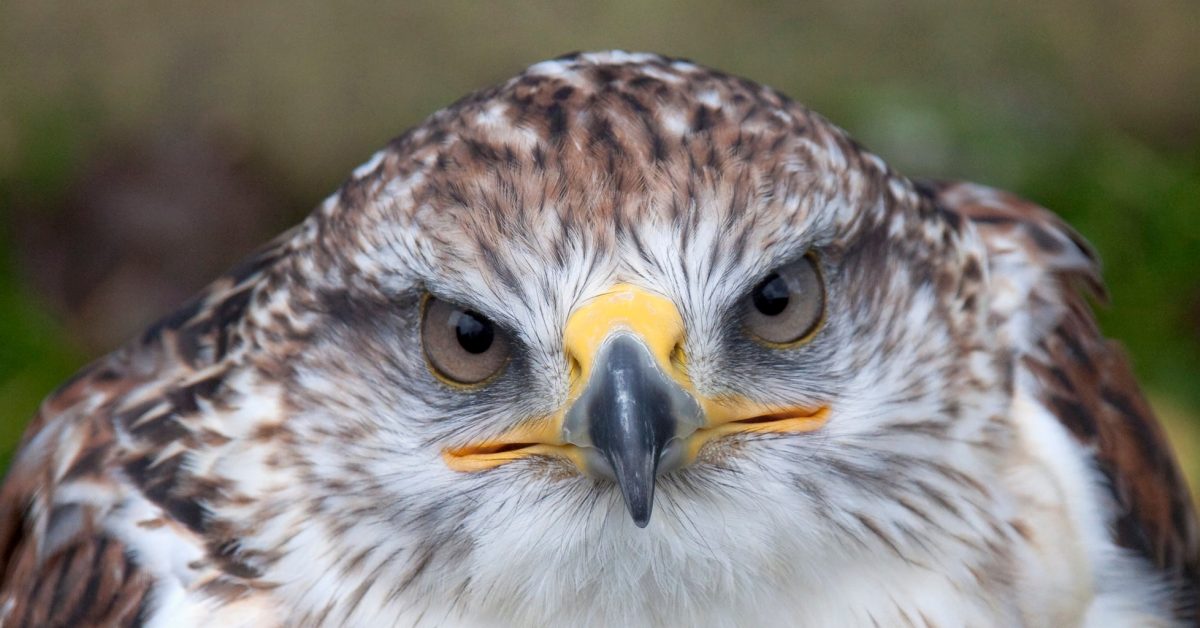
The Washington State Energy Commission yesterday cut the size of the state’s largest wind farm in half – here’s why.
Wind farm controversy in Washington state

The $1.7 billion 1,150 megawatt (MW) Horse Heaven Clean Energy Center combines wind, solar and battery storage. The original plan called for the project to include 244 wind turbines on 24 miles of hills and three solar farms on more than 5,447 acres south of the Tri-Cities, near the Oregon border.
But Horse Heaven has been stuck in the approval phase with the seven-member Energy Facility Site Evaluation Council (EFSEC) for three years. Yesterday, EFSEC voted 5-2 to approve a rule that says new wind turbines cannot be built within two miles of wind turbine nests endangered ferruginous hawks.
The Ferruginous Hawk is classified as a priority species whose habitats need to be protected and its nests can be found throughout the planning area. Nests often remain empty, but North America’s largest hawk is known to return to its nests after years.
The Audubon Society – which states on its website that it “strongly supports wind energy, properly sited and operated, to effectively avoid impacts to birds, other wildlife, and the places that need them now and in the future.” “minimize and mitigate” – supports the EFSEC’s decision.
This decision will effectively halve Horse Heaven’s number of wind turbines. Understandably, Horse Heaven’s developer, Colorado-based Scout Clean Energy, is not happy. However, the company can appeal the decision to the EFSEC. If that fails, the case will go to Gov. Jay Inslee (D-WA), who will make the final decision.
With a capacity of 3.4 GW, wind power is the second largest contributor to the state’s renewable electricity generation, behind hydroelectric power, which provides 60% of Washington’s total net electricity generation. In 2023, wind provided nearly 8% of the state’s electricity.
Washington state ranks No. 3 overall in renewable energy production in the U.S., behind California and Texas. However, according to the U.S. Energy Information Administration, natural gas is the state’s second-largest net source of generation and will account for about 18% of Washington’s total electricity generation in 2023 (RRP).
By 2045, 100% of all electricity sold to customers in Washington state must come from renewable or zero-emission sources.
Electrek’s take
EFSEC’s request to reduce the number of turbines to protect an endangered falcon seems a fair decision. The Audubon Society is a big supporter of wind power – they know that wind turbines aren’t the things that kill the most birds. No. 1 is cats, No. 2 is windows and ultimately it is climate change. Therefore, his support of the Horse Heaven decision carries weight.
The Yakama Nation also does not support the wind farm, citing damage to the hills’ cultural and historical significance. So it will be interesting to see what Inslee ultimately decides.
Washington is 플레이포커 머니상 Net zero by 2045, so they’ll have to figure it out eventually.
To limit power outages and make your home more resilient, consider going solar with a battery storage system. To find a trustworthy, reliable solar installer in your area that offers competitive pricing, look here EnergySage, a free service to help you get started with solar energy. Hundreds of pre-vetted solar installers compete for your business, ensuring you receive high-quality solutions and save 20-30% compared to going it alone. Plus, it’s free to use and you won’t receive sales calls until you select an installer and provide them with your phone number.
You can easily compare your individual solar offers online and gain access to unbiased energy advisors to support you every step of the way. Getting started Here. – Advertisement*
FTC: We use income generating auto affiliate links. More.
